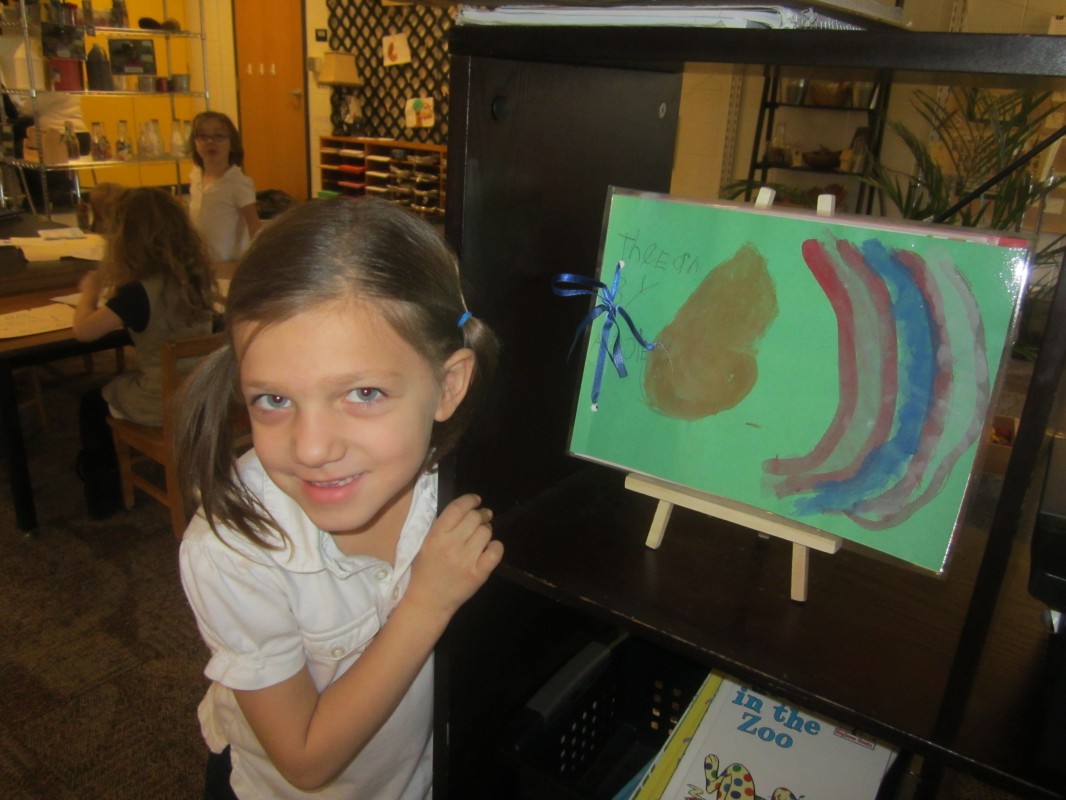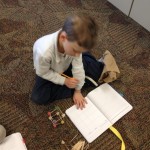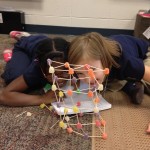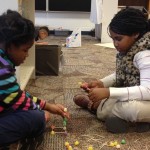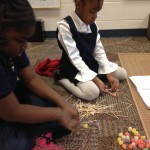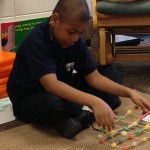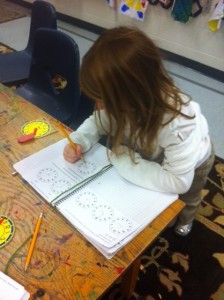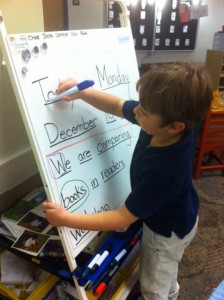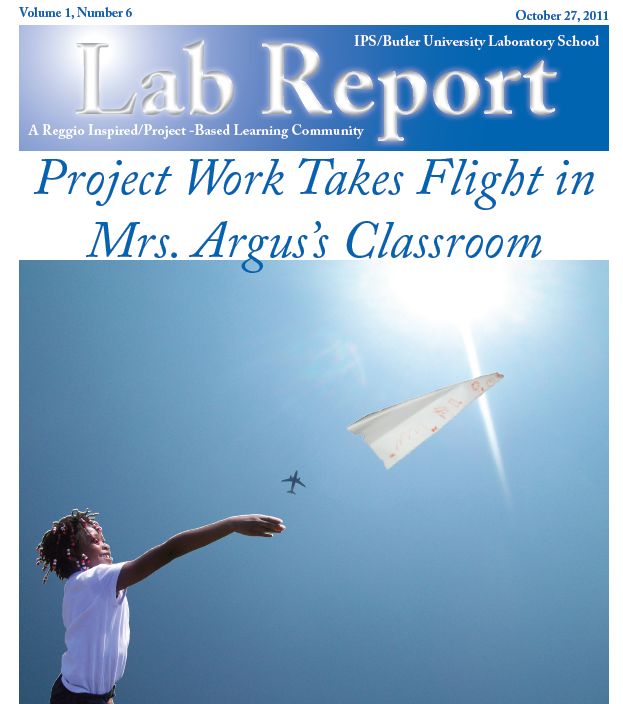For the past two weeks, we have been comparing and contrasting books during readers workshop. We started by comparing and contrasting fairy tales. This week, we have been comparing and contrasting fiction and non-fiction (now called informational texts) books on the same topic. For example, today we read an informational text about T Rex, and we also read “How do Dinosaurs say I Love You?” by Jane Yolen. It’s been great to see the kids think critically about the books they are reading. One of the things we discussing while creating a venn diagram today was that informational texts teach us something and fictional books, although they can teach us a lot, usually have more of a story feel.
At the end of readers workshop today, Tyrese shared a book he had read called “We Go Out.” After Tyrese finished reading the book, I asked the rest of the students if they thought the book was a fiction book or an informational text. One child concluded that because it wasn’t teaching us anything, it must be fictional. Another child concluded that because it had pictures that were taken with a camera, it must be informational.
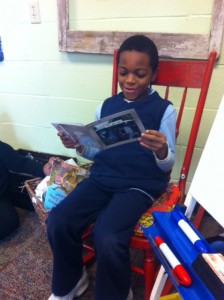
Tyrese reads “We go out” during readers workshop share time.
I thought this was an interesting perspective on their part! Most informational texts do have pictures taken with a camera, and most fictional books do have illustrations. But is that the case all the time? Or is that the perspective of the students in our class? In an effort to broaden that perspective, I challenged the students to take a paper, clipboard, and pencil to recess and take a survey of what their peers thought. We shared our findings after lunch and realized that we had very mixed responses from other students. So, during math workshop, we talked about how we could conduct a second survey so that our data would be more clear, one way or another. We narrowed what had been four different questions during the recess survey, down to two questions. The questions are…
1. Do fiction books ever have real pictures that you take with a camera?
2. Do informational books (non-fiction) ever have pictures that you draw?
We intend to ask other classes these two questions tomorrow. We also would like to send home surveys for students to give to their families over the weekend. It might even be fun for students to go on a hunt for books in their home that break the norm.
So excited about this inquiry based learning that is taking over readers workshop! Thanks for sharing in our learning with us!

